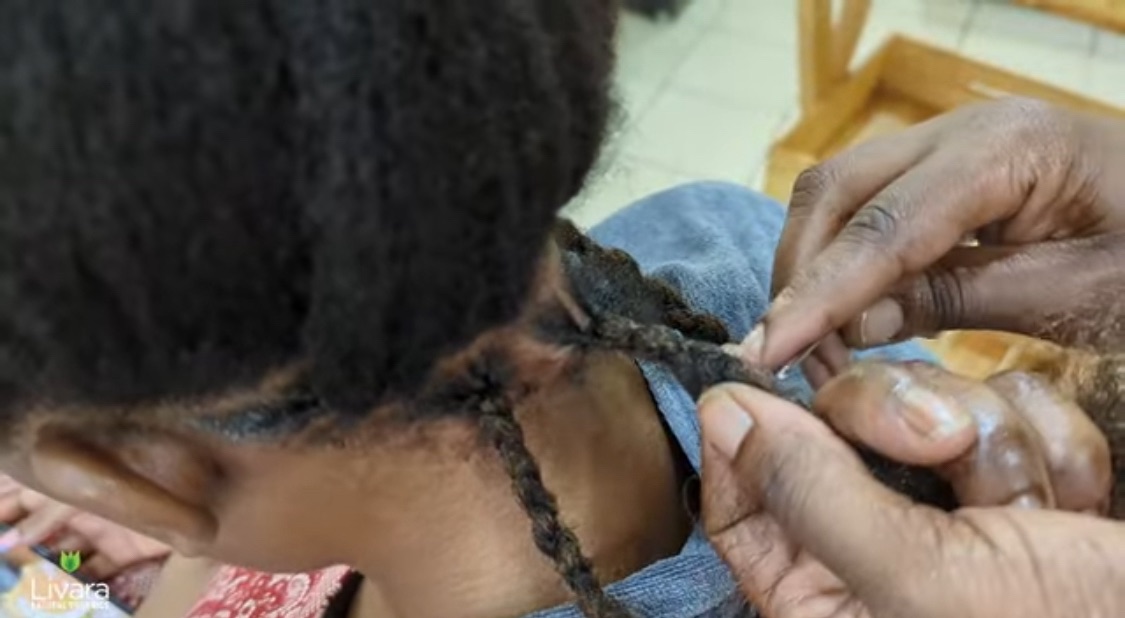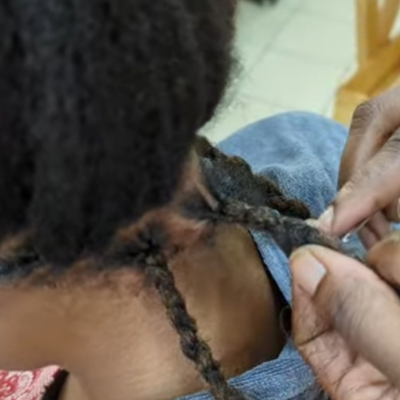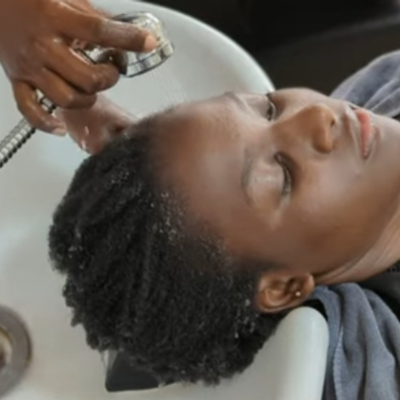- Support 24/7
- +1 (480) 468-4543
- livara@mylivara.com
6 Important Reasons to Speak Up About Tight Braids

The Correct Way to Use Conditioner For Best Results
April 15, 2024
Hair Mistakes: 4 Red Flags You Should Never Ignore
April 17, 2024
Getting your hair styled should be a relaxing and enjoyable experience, but sometimes, the process can be painful if your hairstylist plaits your hair too tightly. Usually, many of us prefer to just keep quiet and brave the storm, however, this could cost you in the long run. In this article, we’ll discuss why it’s important to speak up when your hairstylist is plaiting your hair too tight, and the potential consequences of staying silent.
1. Prevent Scalp Damage and Discomfort
Plaiting hair too tightly can exert excessive tension on the scalp, leading to discomfort, pain, and even scalp damage. Tight braids can cause inflammation, irritation, and soreness, making it difficult to style your hair comfortably and increasing the risk of hair breakage or hair loss. By speaking up and expressing your discomfort, you can prevent unnecessary scalp damage and ensure a more comfortable and enjoyable hair styling experience.
2. Protect Hair Follicles and Hair Growth
Excessive tension from tight braids can damage the hair follicles and interfere with the hair growth cycle. Prolonged or repeated trauma to the scalp can lead to a condition known as traction alopecia, characterized by gradual hair thinning and bald patches along the hairline or in areas where tension is applied. By addressing tight braids early on and advocating for gentler styling techniques, you can protect your hair follicles and promote healthy hair growth.
3. Maintain Hair Health and Integrity
Tight braids can weaken the hair shaft and contribute to breakage, split ends, and overall hair damage. When hair is pulled too tightly, it becomes more prone to breakage and may fail to reach its full growth potential. By communicating with your hairstylist and requesting looser braids or adjustments to the tension, you can preserve the health and integrity of your hair, ensuring that it remains strong, resilient, and vibrant.
5. Foster Open Communication and Collaboration
Speaking up when your hairstylist is plaiting your hair too tight fosters open communication and collaboration between you and your stylist. Your hairstylist may not be aware of the discomfort you’re experiencing unless you communicate it to them. By expressing your concerns respectfully and advocating for your comfort, you empower your stylist to adjust their technique and ensure a more positive and satisfying outcome for both parties.
6. Advocate for Your Well-Being
Ultimately, speaking up when your hairstylist is plaiting your hair too tight is about advocating for your well-being and asserting your right to a comfortable and safe hair styling experience. Your hairstylist’s primary goal should be to enhance your beauty and confidence while prioritizing the health and integrity of your hair and scalp. By voicing your concerns and preferences, you take an active role in shaping your hair care journey and ensuring that it aligns with your needs and values.
Bottom line
Don’t suffer in silence when your hairstylist is plaiting your hair too tight. By speaking up and expressing your discomfort, you protect your scalp from damage, promote healthy hair growth, maintain hair health and integrity, foster open communication and collaboration with your stylist, and advocate for your well-being.
Remember that your comfort and satisfaction are paramount, and don’t hesitate to assert yourself to ensure a positive and enjoyable hair styling experience. Remember, you are a gem.




